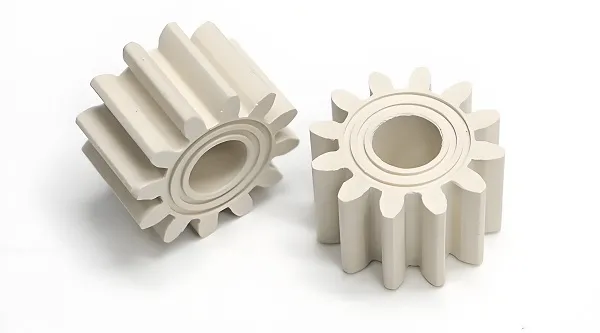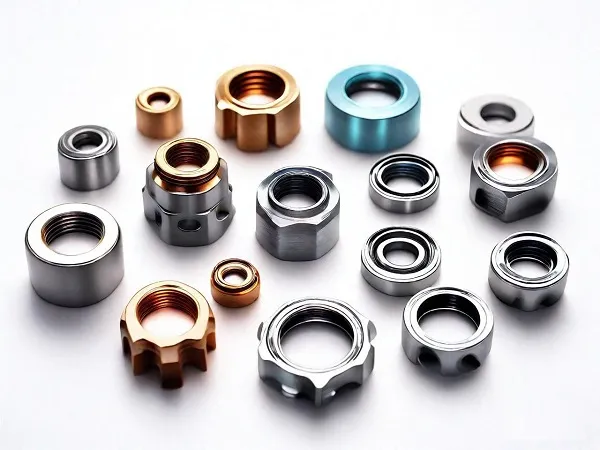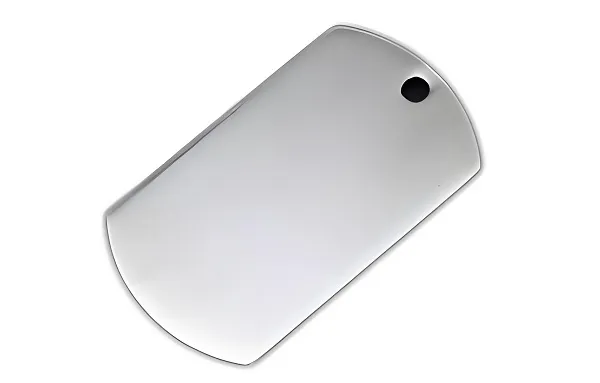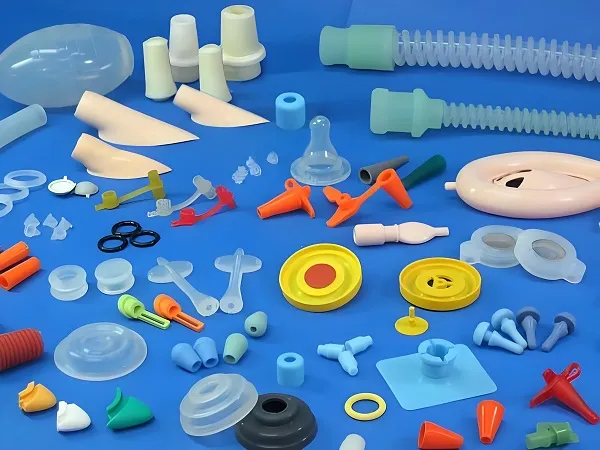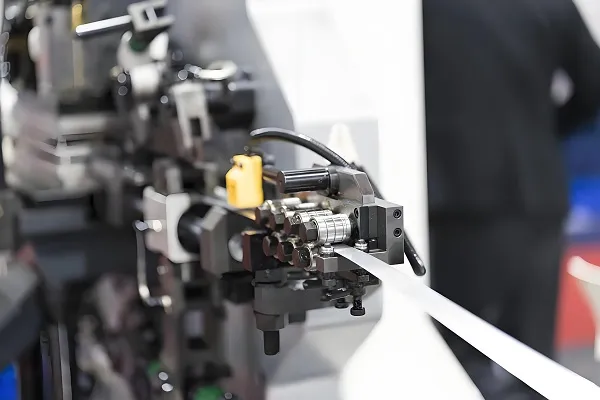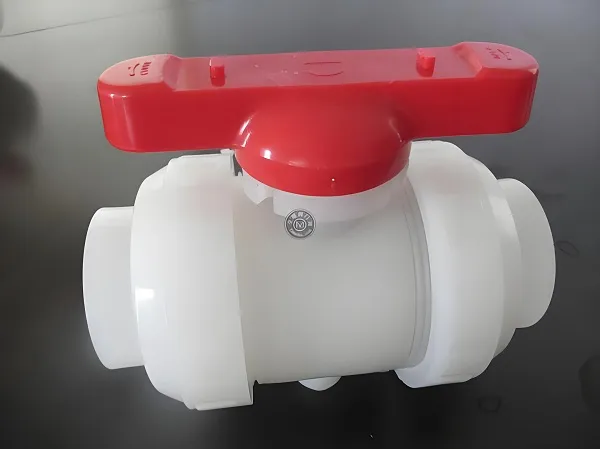Automotive wheel hub bearings are the unsung heroes that let your wheels spin smoothly while supporting your car’s weight. They sit between the wheel hub and the axle, reducing friction as the wheel turns—so your ride stays quiet and efficient. Think of them as tiny, super-strong ball bearings on steroids, built to handle tons of pressure. Custom hub bearings are made to fit specific vehicles or tough conditions, outperforming generic parts when you need them most.
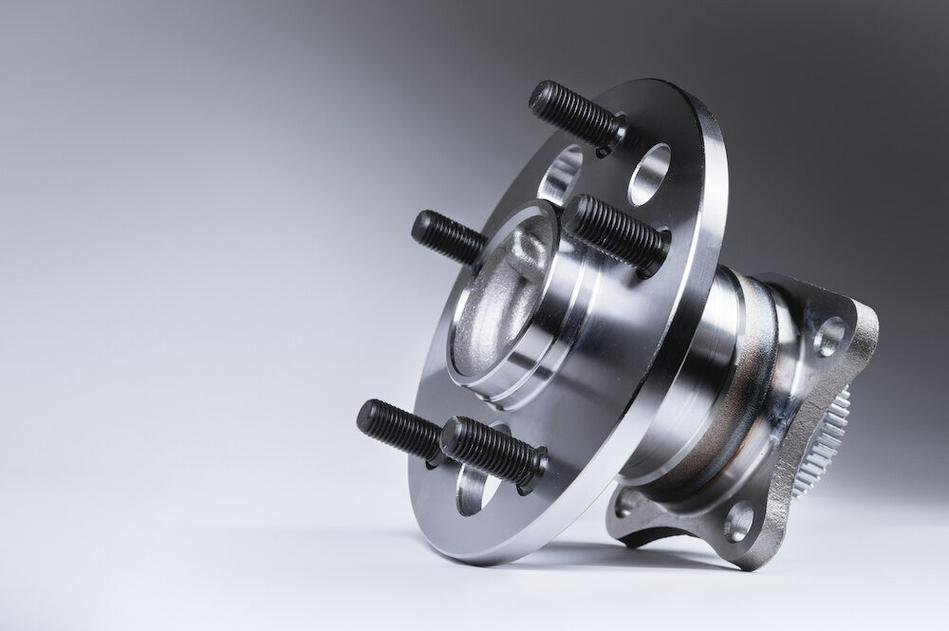
1. Why Custom Wheel Hub Bearings?
Stock hub bearings work for regular cars, but they’re not built for everything. If you’ve got a modified car, a race car, or a truck that hauls heavy loads, stock ones will wear out fast. Custom bearings are designed to match your vehicle’s unique needs—maybe you need a larger size for bigger wheels, a sealed design for off-roading, or a high-temperature version for racing.
They’re also a lifesaver for older or rare cars where OEM parts are impossible to find. Ever tried hunting down a hub bearing for a 1970s classic? Custom ones solve that. Plus, if your car vibrates at high speeds or makes weird noises, a custom bearing with precise dimensions can fix those issues for good.
They’re also a lifesaver for older or rare cars where OEM parts are impossible to find. Ever tried hunting down a hub bearing for a 1970s classic? Custom ones solve that. Plus, if your car vibrates at high speeds or makes weird noises, a custom bearing with precise dimensions can fix those issues for good.
2. How Custom Wheel Hub Bearings Are Made
- Precision Grinding: Using ultra-fine grinding machines to shape the inner and outer rings. It’s like sanding with a microscope—ensuring every curve and surface is perfectly smooth, so the bearing spins without friction.
- Heat Treatment: Heating the metal (usually steel) to super-high temps, then cooling it fast. This hardens the material, making it tough enough to handle the weight of your car without bending or wearing down.
- Cold Forming: Pressing metal into shape at room temperature for the bearing rings. This keeps the metal’s structure strong, which is key for withstanding constant pressure.
- Assembly with Precision: Fitting the steel balls (or rollers) into the rings with exact spacing. Custom builds often use special cages (the parts that hold the balls) to keep everything aligned, even at high speeds.
- Sealing Technology: Adding custom seals to keep out dirt, water, and debris. For off-roaders, this might mean extra-tight rubber seals; for race cars, low-drag seals to reduce friction.
3. The Process of Making Custom Hub Bearings
- Design to Fit: We start by measuring your wheel hub and axle specs—how big the bearing needs to be, how much weight it must support, and how fast it’ll spin. CAD software helps design every detail, right down to the curve of the balls.
- Pick the Right Material: Choose between steel, ceramic, or stainless steel (more on that below) based on your needs—like high speed for racing or rust resistance for coastal driving.
- Shape the Rings: Cold-form or machine the inner and outer rings into the perfect shape, ensuring they’ll fit your hub and axle like a puzzle piece.
- Harden the Metal: Heat treatment makes the rings tough—think of it like baking a cake to set the shape, but for metal. This step prevents wear, even after 100,000+ miles.
- Grind & Polish: Smooth every surface to a mirror finish. Rough spots here cause friction, which makes bearings fail early—so we get them super smooth.
- Assemble & Test: Add the balls/rollers and cage, then seal it up. We spin-test it under pressure to make sure it runs quiet and smooth, just like it will in your car.
4. Materials for Custom Hub Bearings
- High-Carbon Chromium Steel (52100): The go-to for most cars. Super durable, handles heavy loads, and affordable. It’s like the reliable work boots of bearing materials—tough and long-lasting.
- Ceramic (Silicon Nitride): Lightweight and heat-resistant. Perfect for race cars or high-performance vehicles—less weight means faster acceleration, and they stay cool even at 150+ mph.
- Stainless Steel: Resists rust and corrosion. Great for off-road trucks, boats (yes, some marine vehicles use similar bearings), or cars in salty coastal areas. No more seized bearings from water damage.
- Hybrid (Steel Rings + Ceramic Balls): A mix of strength and lightness. Popular for daily drivers who want better performance than stock without the cost of full ceramic.
5. Where Custom Hub Bearings Are Used
- Racing Vehicles: Race cars need bearings that handle extreme speeds and heat. Custom ceramic or hybrid bearings reduce friction, letting wheels spin faster without overheating.
- Off-Road Trucks/SUVs: Mud, rocks, and water destroy stock bearings. Custom sealed stainless steel versions keep debris out, so your off-roader stays reliable on the trail.
- Classic & Vintage Cars: Older rides often have unique hub sizes. Custom bearings let you keep your classic on the road when OEM parts are extinct.
- Modified Cars: Lifted trucks, lowriders, or cars with big aftermarket wheels need bearings that fit non-standard hubs. Custom builds ensure a perfect fit, no vibrations or wobbles.
- Heavy-Duty Vehicles: Work trucks, trailers, or RVs carry extra weight. Reinforced steel bearings handle the load without wearing out prematurely.
6. Extra Features for Better Performance
- Dual Seals: Two layers of rubber or metal seals to block out dirt, water, and road grime—critical for off-road or wet climates.
- High-Temp Grease: Special lubricant that stays put even when bearings get hot (like in racing), preventing friction and wear.
- Integrated Sensors: For modern cars, bearings with built-in ABS or wheel speed sensors. Custom versions ensure these sensors sync perfectly with your car’s computer.
- Oversized Design: Thicker rings or larger balls for extra strength—great for heavy trucks or cars that tow trailers.
7. Common Questions About Custom Hub Bearings
-
How long do custom hub bearings last?
Depends on use: Street cars get 80,000–150,000 miles; race cars might need replacement every 10,000–30,000 miles (they spin way faster!). Off-road ones last 50,000–100,000 miles with good maintenance. -
Can I install them myself?
If you’ve got a press tool and know your way around a wheel hub, maybe. But we recommend a pro—bad installation (like hitting the bearing with a hammer) ruins them fast. -
Will a custom bearing fit my stock hub?
Yes—we design them to match your hub’s exact size and bolt pattern. Just tell us your car’s make, model, and any modifications (like bigger wheels). -
Are ceramic bearings worth the extra cost?
For racing or high-performance cars, yes—they’re lighter and handle heat better. For daily drivers, steel ones work great and cost less. -
What causes hub bearings to fail?
Water/dirt getting in (bad seals), improper installation, or overloading (like hauling too much weight). Custom bearings with better seals and strength fight these issues.
Need a custom wheel hub bearing that fits your ride like it was made for it? Whether you’re building a race car, fixing up a classic, or upgrading your off-road rig, we’ve got you covered. Drop a comment with your vehicle details, how you use it, and any special needs—our team will help you pick the perfect bearing. Let’s keep those wheels spinning smooth!

